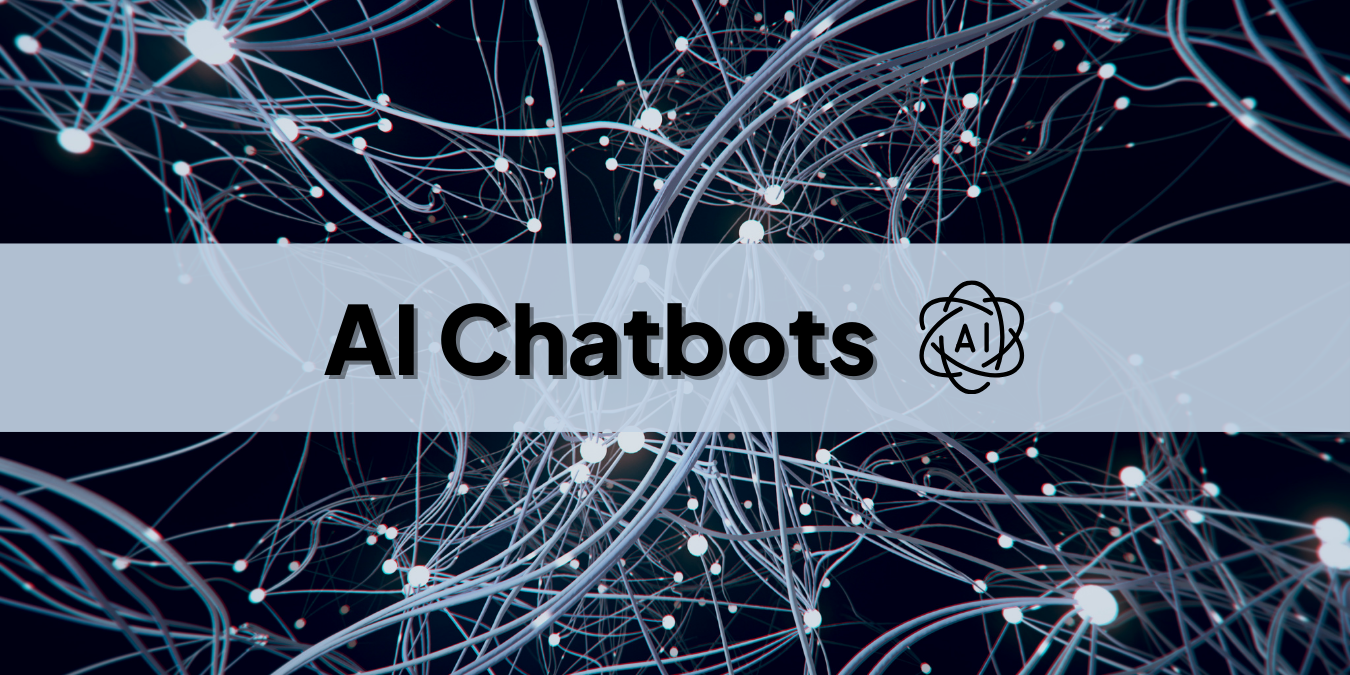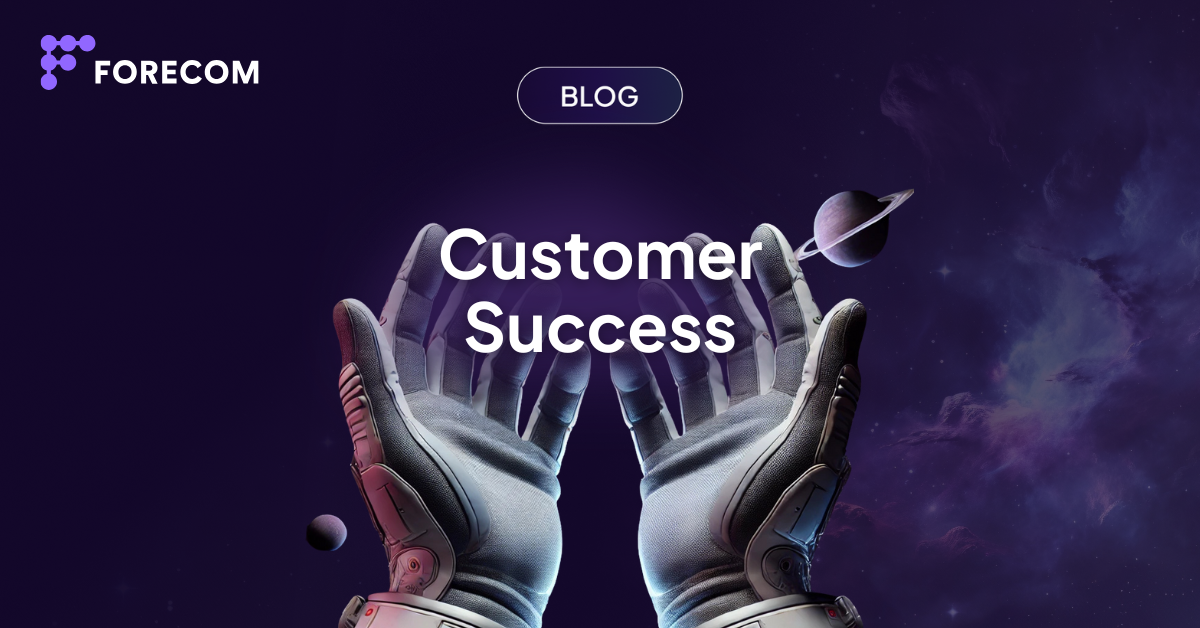Artificial Intelligence (AI) has been making significant strides in recent years and has found its way into many industries, including marketing. AI-powered tools have the potential to transform the way businesses market their products and services. In this article, we will discuss the role of AI and Large Language Models (LLMs) in marketing, their benefits, and how businesses can leverage them to gain a competitive edge.
Content
What is Artificial Intelligence?
What are Large Language Models?
How do Large Language Models work?
Advantages of Large Language Models
Practical applications of Large Language Models
The Future of AI and LLMs in Marketing
What is Artificial Intelligence?
Artificial Intelligence is the development of computer systems that can perform tasks that would usually require human intelligence, such as understanding natural language, recognizing speech, and recognizing images. AI can also learn from experience and adapt to new situations, making it an ideal tool for marketers looking to understand customer behavior and preferences.
What are Large Language Models?
Large language models are a type of artificial intelligence (AI) that are trained on huge amounts of linguistic data to understand and generate natural language. LLMs are usually created using deep learning algorithms, which allows them to process and analyze large data sets quickly and accurately. Examples of LLMs are the recently widely discussed ChatGPT and GPT-3.5 from OpenAI and Google's Bard.
In recent years, Large Language Models (LLMs) have become increasingly popular and have revolutionized the field of natural language processing. From language translation to content generation, LLMs have demonstrated their versatility and potential in various industries. In this article, we will provide an introduction to LLMs and explore their use in practice
How do Large Language Models work?
LLMs work by processing vast amounts of natural language data and analyzing it to understand the context and patterns within the language. These models are typically trained on large datasets using unsupervised learning techniques, where the model is given text data and must learn to predict the next word in a sentence or generate the next sentence given a prompt.
LLMs use a technique called "transfer learning" to improve their performance. In transfer learning, a pre-trained LLM is fine-tuned on a specific task or dataset to further improve its accuracy and performance.
Advantages of Large Language Models
One of the main advantages of LLMs is their ability to process and analyze vast amounts of language data quickly and accurately. This makes them ideal for tasks such as language translation, content generation, and sentiment analysis.
LLMs also have the ability to generate high-quality, natural-sounding text, which can be useful for content creation and marketing purposes. They can analyze and understand the context of language, which allows them to generate text that is more relevant and accurate.
Practical applications of Large Language Models
LLMs have a wide range of practical applications in a variety of fields. The most common applications include:
Personalization and Customer Engagement
One of the most significant benefits of AI and LLMs in marketing is their ability to personalize customer experiences. AI-powered tools can analyze customer data to understand preferences and behavior, enabling businesses to tailor marketing messages to individual customers. This personalization can increase engagement and improve customer satisfaction, ultimately leading to increased sales and revenue.
Chatbots and Customer Support
Another way businesses are leveraging AI and LLMs is through the use of chatbots. Chatbots are AI-powered tools that can simulate human conversation and help customers with queries and support requests. They are available 24/7, which means that customers can get help anytime they need it, leading to improved customer satisfaction and loyalty.
Chatbots can also be used to analyze customer interactions and generate insights that can inform marketing strategies. For example, chatbots can identify the most common customer queries, allowing businesses to optimize their content to provide better answers to these questions.
Natural Language Processing (NLP)
LLMs are commonly used in NLP tasks such as language translation, speech recognition, and text summarization. They are also used in chatbots and virtual assistants to provide a more natural and conversational experience.
Content Creation
LLMs can be used to generate high-quality content for various purposes, such as marketing and social media. They can also be used to generate news articles, product descriptions, and other types of written content.
With the rise of social media and online platforms, creating high-quality content has become essential for businesses to engage with their audience and build brand awareness. However, creating content can be time-consuming and resource-intensive.
Sentiment Analysis
LLMs can be used to analyze social media data and other forms of customer feedback to determine sentiment and identify trends. This can be useful for companies looking to improve their products or services.
Predictive Analytics and Forecasting
AI and LLMs can also be used for predictive analytics and forecasting. These tools can analyze customer data to identify trends and predict future behavior, enabling businesses to make informed decisions about marketing strategies and investments.
Predictive analytics can help businesses optimize marketing campaigns, identify the most effective channels, and determine the best times to target customers. This data-driven approach can lead to increased ROI and improved marketing efficiency.
Challenges and Considerations
While LLMs offer many advantages, there are also some challenges and considerations that must be taken into account. One of the main challenges is the potential for bias and inaccuracies in the models. LLMs are only as good as the data they are trained on, so if the data is biased or incomplete, the model may generate biased or inaccurate results.
LLMs also require a significant amount of computational power and data to train, which can be costly and time-consuming. Additionally, the use of LLMs raises ethical concerns around data privacy and the potential for misuse of the technology.
The Future of AI and LLMs in Marketing
The role of AI and LLM not only in marketing and business will only grow in the coming years. As these tools become more advanced and accessible, companies will be able to harness their power to gain a competitive advantage.
In the future, we can expect AI and LLM to be used in new and innovative ways. These tools will allow businesses to interact with customers in a more engaging and personalized way, which can lead to increased customer satisfaction and loyalty, among other things.
And of course there are many unanswered questions about how AI in general will affect our lives, how our relationships will change, what the shape of education will be, etc. But discussing these questions is not the point of this article.
Conclusion
AI and LLMs are transforming the way businesses market their products and services. These tools can analyze vast amounts of data, understand customer intent, and personalize experiences, leading to increased engagement and revenue.
LLMs are an exciting development in the field of natural language processing. They have the potential to transform the way we interact with computers and automate tasks that were previously impossible. Large language models are becoming more accessible and easier to use, making them a valuable tool for businesses of all sizes.
By utilizing large language models in practice, businesses can improve their content marketing strategies, customer service, and overall user experience. However, it's important to note that large language models are not a one-size-fits-all solution and require careful consideration and implementation.
As the technology continues to advance, we can expect to see even more innovative use cases for large language models in the future. For now, it's clear that large language models are here to stay and wi


















